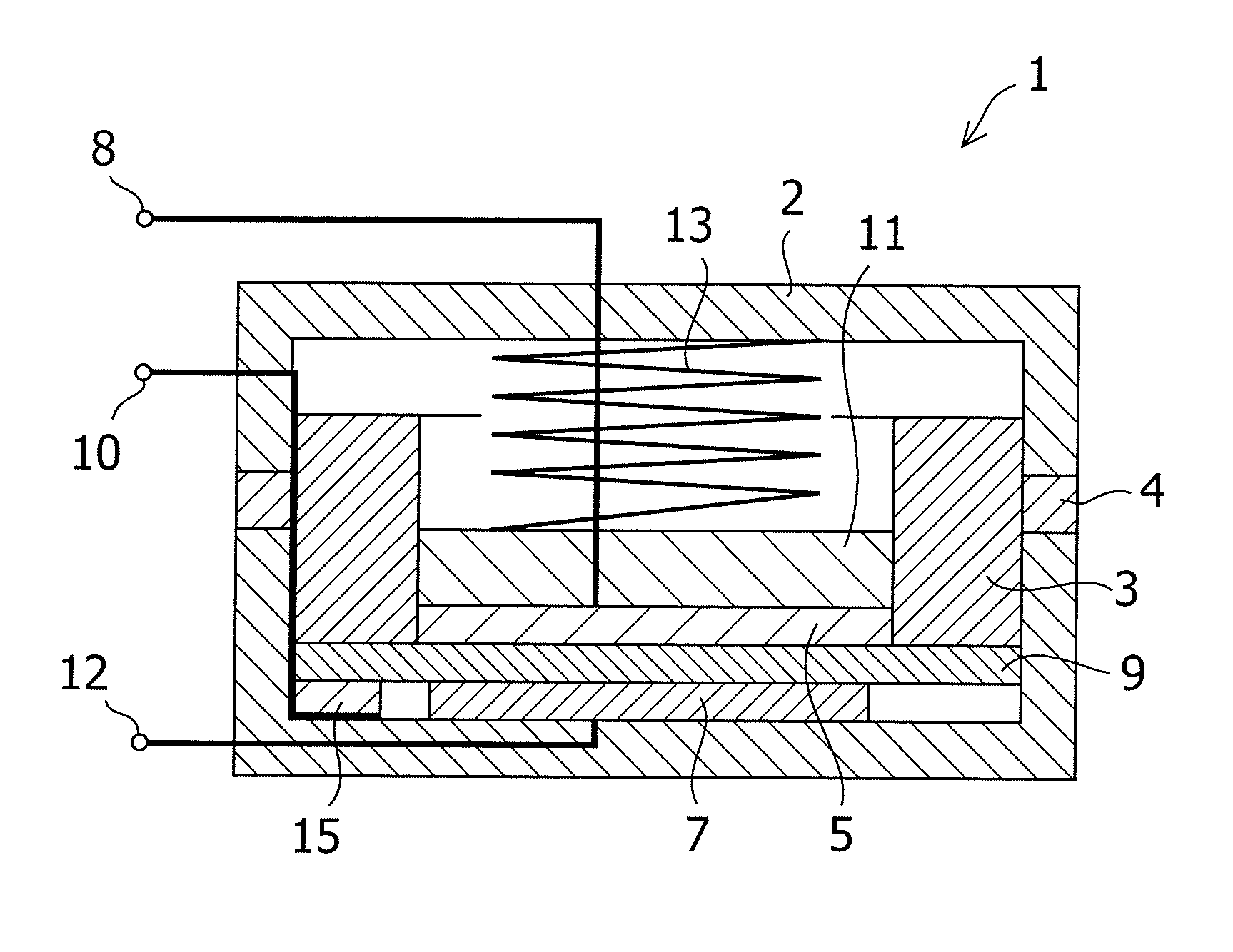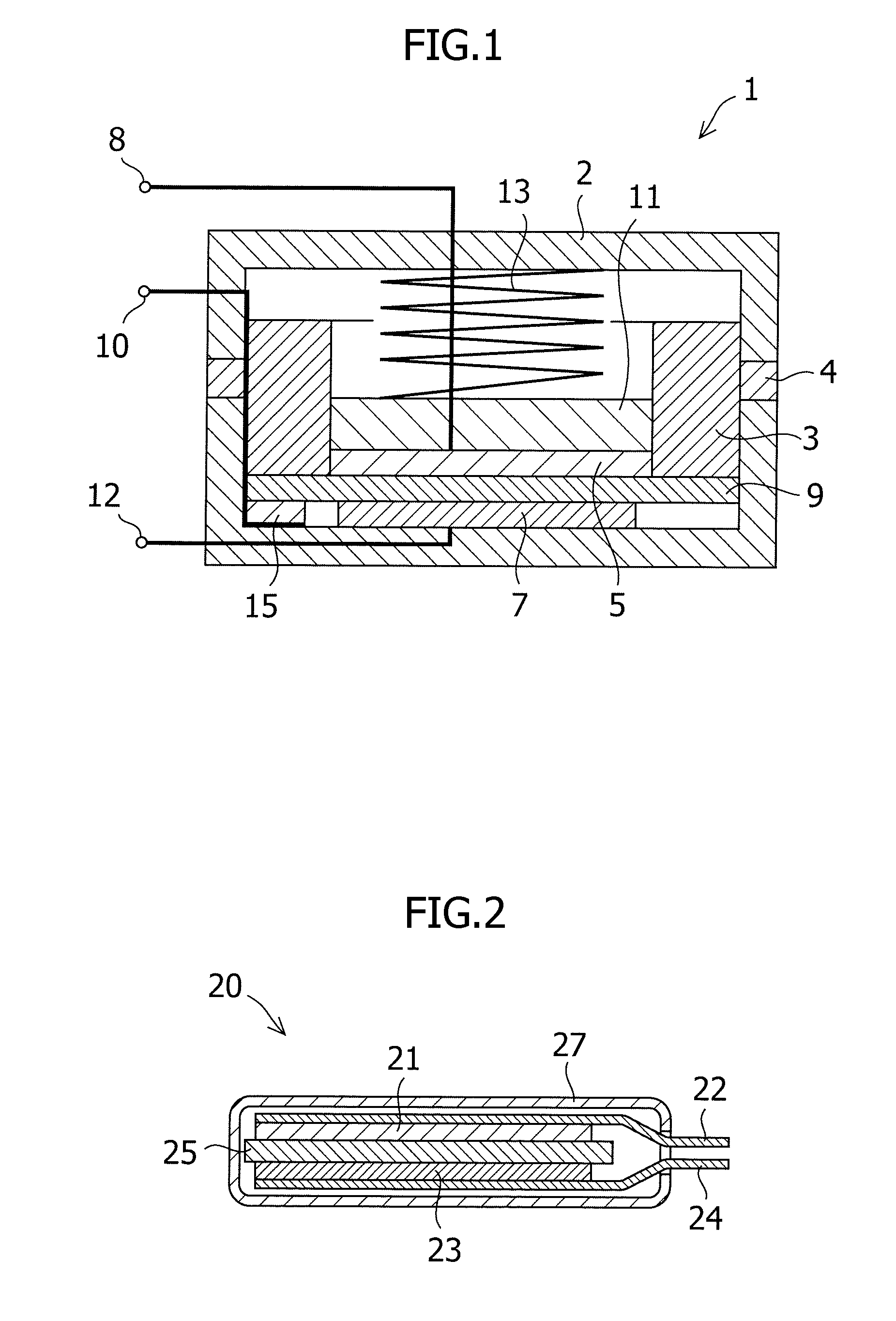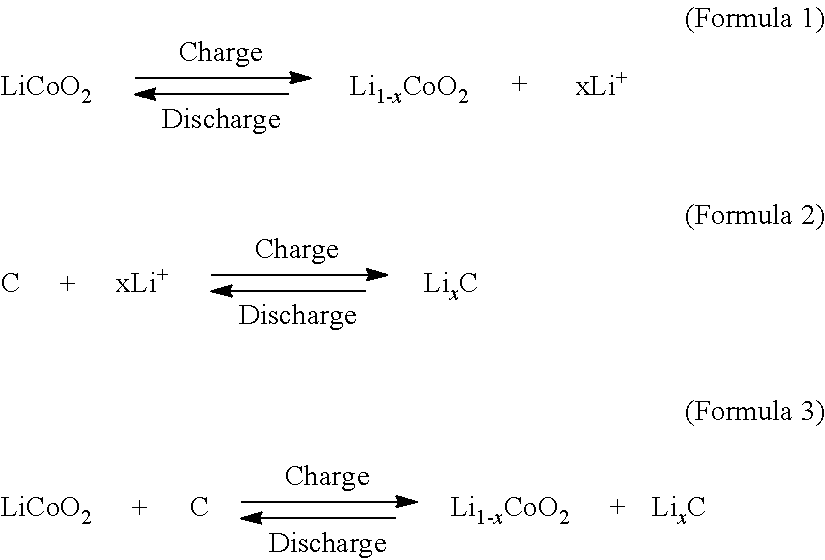Carbon material for negative electrode of lithium secondary battery and method for producing the same
a lithium secondary battery and negative electrode technology, applied in the direction of electrochemical generators, cell components, transportation and packaging, etc., can solve the problems of no means of recovering capacity, more serious problems, and the ability to achieve capacity degradation, so as to prevent smooth growth of crystal structures and low graphitization degree
- Summary
- Abstract
- Description
- Claims
- Application Information
AI Technical Summary
Benefits of technology
Problems solved by technology
Method used
Image
Examples
example 1
[0097]In a manner similar to that employed in Comparative Example 1 except that the maximum temperature was set at 2200° C., the carbon fine-particle material obtained as in Comparative Example 1 was graphitized. The graphite powder thus obtained is designated as Graphite B.
example 2
[0098]In a manner similar to that employed in Comparative Example 1 except that the maximum temperature was set at 2400° C., the carbon fine-particle material obtained as in Comparative Example 1 was graphitized. The graphite powder thus obtained is designated as Graphite C.
example 3
[0099]In a manner similar to that employed in Comparative Example 1 except that the maximum temperature was set at 2600° C., the carbon fine-particle material obtained as in Comparative Example 1 was graphitized. The graphite powder thus obtained is designated as Graphite D.
PUM
| Property | Measurement | Unit |
|---|---|---|
| crystallite size | aaaaa | aaaaa |
| temperature | aaaaa | aaaaa |
| temperature | aaaaa | aaaaa |
Abstract
Description
Claims
Application Information
 Login to View More
Login to View More - R&D
- Intellectual Property
- Life Sciences
- Materials
- Tech Scout
- Unparalleled Data Quality
- Higher Quality Content
- 60% Fewer Hallucinations
Browse by: Latest US Patents, China's latest patents, Technical Efficacy Thesaurus, Application Domain, Technology Topic, Popular Technical Reports.
© 2025 PatSnap. All rights reserved.Legal|Privacy policy|Modern Slavery Act Transparency Statement|Sitemap|About US| Contact US: help@patsnap.com



